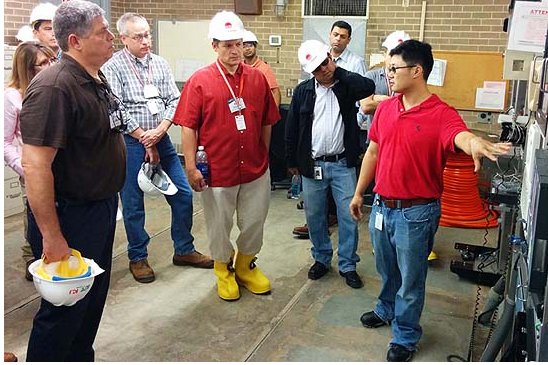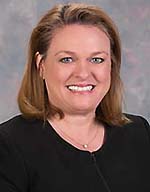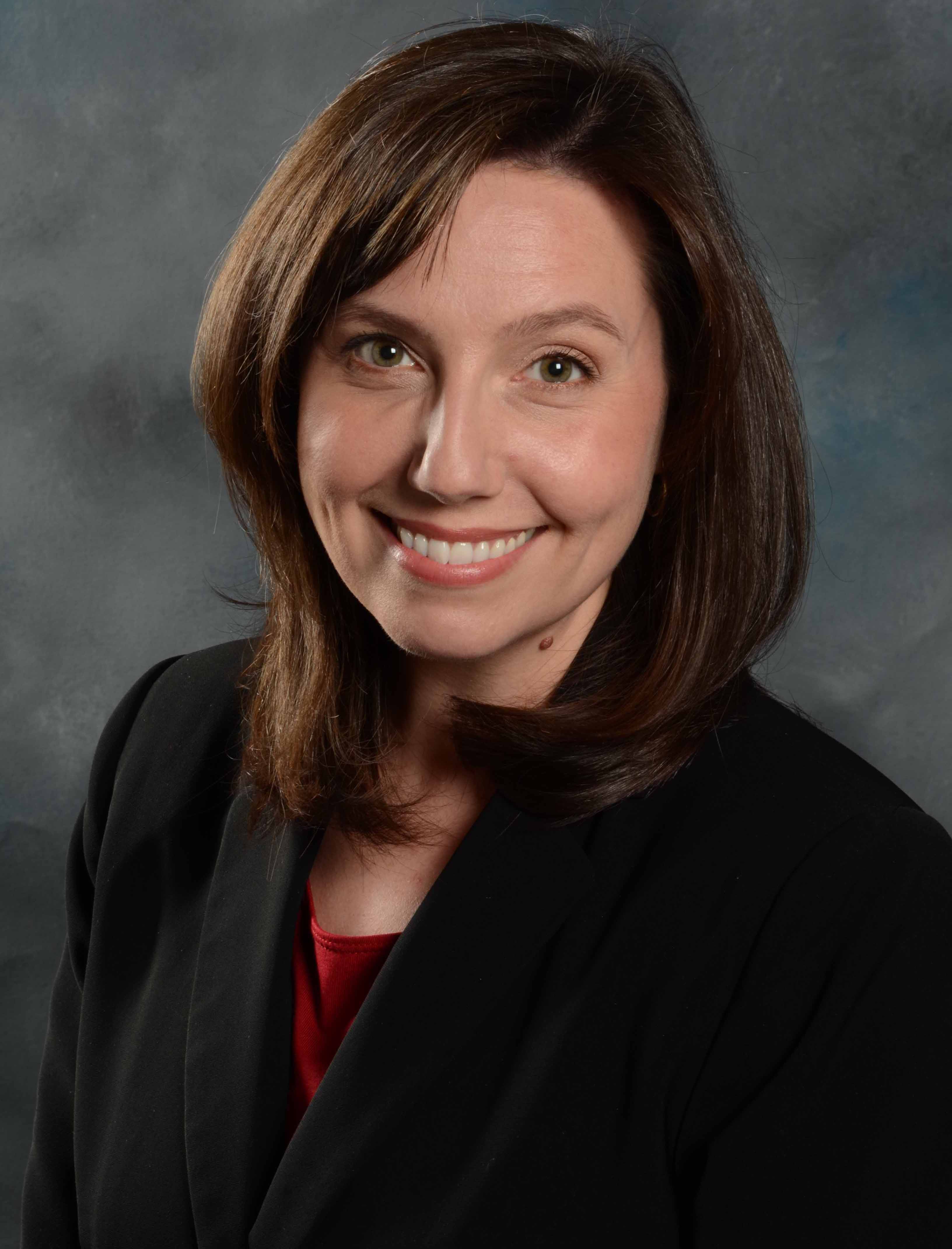Insights > Transmission Team Pilots New Tech at Substation
Transmission Team Pilots New Tech at Substation
01/17/2016

Fiber prototypes offer cost, safety and speed advantages
In early 2014, a small team of Entergy engineers began an ambitious project -- create a real-world pilot that would test the use of fiber optic cable instead of copper in the company's substations. "Our project goal was to make new, disparate devices and systems work together," said Dr. Chan Wong, a senior engineer. "We wanted to learn more about this technology, some of it in prototype stage, and test its functionality on our system. And we wanted hard data on how new fiber technology could benefit our customers." Fiber's potential advantages are persuasive. Fiber is leaner than copper and is energized at a lower voltage level. This leads to neater facilities and reduced safety risks. After a severe weather event, it's quicker to restore fiber, which lies in buried channels in a substation. In comparison to copper, fiber can be designed and installed for about half the cost. Lastly, fiber is less likely than copper to be stolen due to its lower resale value. To find out more, the team created a multivendor equipment lab. The lab has served as an open testing platform for Entergy and potential vendors to integrate equipment and systems in a centralized location. For more than a year, team members used the lab to evaluate and learn about new software, hardware and processes.
In August, the team began a field pilot at the Joliet substation in New Orleans, Louisiana, installing several test panels and tracking their performance. The pilot represents one of the first installed multivendor systems compliant with the International Electrotechnical Commission's 61850 industry standard. It also supports Entergy's strategy of making productive investments in its business, central to both its utility and transmission business plans. Through the pilot, the team has realized many of the advantages of fiber optic cable installation in substations. The pilot shows reduced substation construction materials, a shorter and easier commissioning and testing process in the field and quicker recovery when breaker cabinets are flooded. In addition, equipment and device testing have been easier, automated without the need for test leads changes. System debugging has also been simplified, and any alarms within the system are easy to analyze.
 "Entergy is getting not just national, but international recognition for these efforts. We're the first utility company in the world to successfully prove the interoperability of multiple vendors and then deploy it into the field. We have some of the best and brightest engineers in transmission, and they're very excited about using their creativity and new technology to solve real-world problems for our customers."
"Entergy is getting not just national, but international recognition for these efforts. We're the first utility company in the world to successfully prove the interoperability of multiple vendors and then deploy it into the field. We have some of the best and brightest engineers in transmission, and they're very excited about using their creativity and new technology to solve real-world problems for our customers."
Tammy Lapeyrouse, director of transmission engineering
Since its installation, Joliet has played host to nearly a dozen different utility company representatives interested in the team's methods and installation.
Entergy isn't alone in investigating the benefits of fiber. The team has worked closely with other U.S. utilities, research institutes, vendors and consultants to probe the possibilities. In addition, the Electric Power Research Institute collaborated with Entergy's team and others from throughout the industry to craft a global design standard for using fiber technology.
"Entergy is getting not just national, but international recognition for these efforts," said Tammy Lapeyrouse, director of transmission engineering. "We're the first utility company in the world to successfully prove the interoperability of multiple vendors and then deploy it into the field. We have some of the best and brightest engineers in transmission, and they're very excited about using their creativity and new technology to solve real-world problems for our customers. I'm proud Entergy is leading the industry on this subject, and in the process, developing the next generation of technical problem solvers and utility leaders."
You can read more about this project in the January 2016 edition of Transmission and Distribution World magazine.

